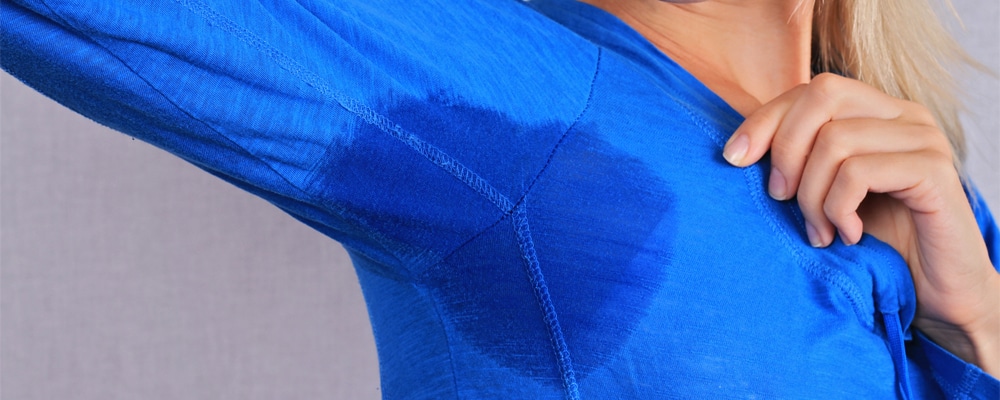Hidradenitis suppurativa is an unfortunate skin condition that causes small, painful lumps to form under the skin. The lumps can break open, or tunnels can form under the skin. This typically occurs in areas where the skin rubs together, such as the armpits, groin, buttocks, and breasts.
Hidradenitis suppurativa is one of the areas where we conduct clinical research studies at Skin Care Research. As such, you may qualify for treatment as part of one of these studies.
What are the symptoms of hidradenitis suppurativa?
Hidradenitis suppurativa can occur in one location or across multiple sites on the body. These are the signs and symptoms:
- Blackheads — Small pitted areas of skin containing blackheads, often appearing in pairs, are a common feature.
- Painful pea-sized lumps — This condition usually starts out with a single, painful lump under the skin that persists for weeks or months. From there more lumps begin to form. They usually appear in areas with hair follicles with numerous oil and sweat glands within them. These are commonly the armpits, groin, and anal area. They can also occur where skin rubs together, such as the inner thighs, area under the breasts, and buttocks.
- Tunnels — Over time, tracts connecting the lumps may form under the skin. These wounds have difficulty healing. They can leak a pus with a strong odor.
Being overweight (which creates more areas where skin can rub), stress, hormonal changes, heat or humidity may worsen a person’s symptoms.
Complications
Unfortunately, people who develop this painful skin condition can have these complications:
- Infection — The affected areas are susceptible to infection.
- Scars and skin texture changes — Healed wounds can leave rope-like scarring or pitted skin.
- Restricted movement — Sores and scar tissue may cause limited or painful movement especially when the disease affects the armpits or thighs.
- Obstructed lymph drainage — Since hidradenitis suppurativa often forms in sites with many lymph glands, scar tissue can then interfere with the lymph drainage system. This can lead to swelling in the arms, legs, or genitals.
- Social isolation — The location, drainage, and odor of sores can make the person reluctant to go out in public, leading to depression.
What causes hidradenitis suppurativa?
This condition has some similarities to how acne breakouts form; they both develop when the hair follicles become blocked. Why this happens isn’t fully understood. The condition is not caused by an infection or from a lack of hygiene, and it cannot spread.
These are the risk factors:
- Age and sex — Women ages 18 to 29 are more prone to developing this condition than men.
- Family history — There seems to be a genetic tendency to develop hidradenitis suppurativa.
- Obesity — There is a relationship between being overweight and developing the condition.
- Smoking — Smoking cigarettes has been linked to hidradenitis suppurativa.
Says Nancy Muskat, a certified physician assistant and sub-investigator at Skin Care Research, “I have a special place in my heart for patients who suffer with hidradenitis suppurativa. This disease has a great emotional impact on patients and leads to isolation and fear of stigmatization. Quality of life is adversely affected, and professional support is needed.”
If you have signs of hidradenitis suppurativa, you don’t need to suffer through this condition on your own. Please give us a call at Skin Care Research, (561) 948-3116, as you could be eligible for treatment as a part of one of our clinical trials into this skin condition.

